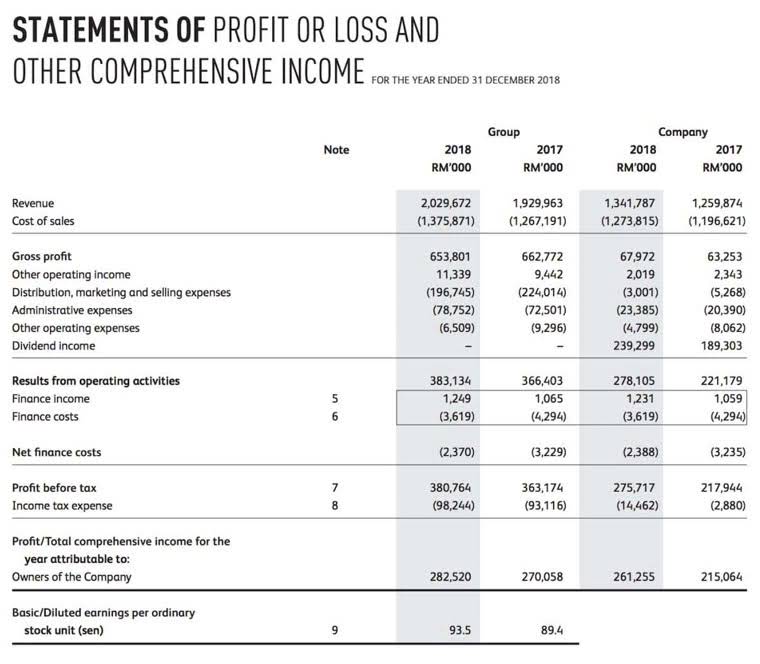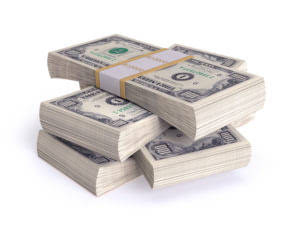
The beginning of the modern era of accounting is basically from the middle of the twentieth century. As a result, accounting research was started to solve these problems and new theories retained earnings were discovered. As a result, in this post, we will learn a brief history of accounting so that you can quickly grasp and understand the history of accounting.
Medieval and Renaissance periods
Accounting plays a vital role in the modern business world, facilitating transparency, accountability, and effective management of financial resources. The titles chosen for this section were intended to provide personal perspective on the industry. Some titles are about specifically named individuals while others are autobiographical. We have also chosen to include a few titles to represent the accountants that go unnamed but contribute to the history and development of the profession and practice of accounting. To learn about the history of an industry it can be helpful to know about the people and accounting firms that were part of that industry. We have not included all books on the history of all accounting firms, but we focused on the large firms in the United States.
- Double-entry accounting is also called balancing the books, as all of the accounting entries are balanced against each other.
- The concept of accounting dates back thousands of years, with its origins traced back to ancient civilizations.
- These three separate Canadian accounting bodies unified as the Chartered Professional Accountants of Canada (CPA) in 2013.
- These programs also offer features such as automatic bank feeds, receipt scanning, and financial reporting, which have simplified accounting tasks and increased efficiency.
- But the father of modern accounting is Italian Luca Pacioli, who in 1494 first described the system of double-entry bookkeeping used by Venetian merchants in his Summa de Arithmetica, Geometria, Proportioni et Proportionalita.
- On the other hand, credit may also refer to the Italian term credere which means “to entrust”.
We and our partners process data to provide:
- This system of detailing every agreement might have been tiresome, but it was ideal because long periods could pass before transactions were completed.
- Finally, in 1494, Luca Pacioli, a priest, and mathematician published a groundbreaking book “Summa de Arithmetica Geometrica, Proportione et Proportionalita” on the double-entry accounting system.
- Historians hypothesize that the primary reason for the development of writing systems came out of a need to record trade and business transactions.
- Pacioli’s book explained the Hindu-Arabic numerals, new developments in mathematics, and the system of double-entry was popular with the increasingly influential merchant class.
- Part of the Science & Business Reading Room at the Library of Congress, the Business Section is the starting point for conducting research at the Library of Congress in the subject areas of business and economics.
- Luca Pacioli was born between 1446 and 1448 in the Tuscan town of Sansepolcro, and he lived through most of the 15th century.
- According to records and documents from the Mesopotamian region, accounting systems were used to keep track of the exchange of products between temples as far back as 5,000 B.C.
Hopefully, it has given readers a better understanding of this ancient practice and the people who pioneered it. In order to understand who invented accounting, we first need to look at the history of the practice. Accounting is a system of recording, analyzing, and communicating financial information. It has been around since ancient times, and there are records of various forms of accounting being used in ancient Egypt, Mesopotamia, Rome, and China. The historical development of accounting theory reflects the dynamic nature of the field, driven by economic, technological, and societal changes.
- Gain hands-on experience with Excel-based financial modeling, real-world case studies, and downloadable templates.
- For the most part, the fundamentals of double-entry accounting have remained constant for almost 500 years.
- The reports generated by various streams of accounting, such as cost accounting and managerial accounting, are invaluable in helping management make informed business decisions.
- Besides his significant contributions to accounting, Pacioli was a mathematician, and his works encompassed various mathematical fields, including arithmetic, geometry, and proportions.
- Luca Pacioli, a key figure in accounting history, is often considered the father of accounting due to his significant contribution to the double-entry bookkeeping system.
- Computerized accounting systems allow companies to automate many of their processes, making them more efficient and accurate.
- Whether one uses a debit or credit to increase or decrease an account depends on the normal balance of the account.
What is Bookkeeping in Accounting? With PDF
The American Association of Public Accountants (AAPA), which was the predecessor of the American Institute of Certified Public Accountants (AICPA), was formed in 1887. The AICPA is the national professional organization of Certified Public Accountants (CPAs) in the United States. The discovery of clay tablets suggested that the Sumerians, the earliest known civilization in Mesopotamia, used them to inscribe commerce activities. Over time, clay bullae and tablets were replaced by papyrus and then parchments as people found them easier and more efficient to store and handle. In response, the Dodd-Frank Wall Street Reform and Consumer Protection Act became law in 2010, with the aim of protecting consumers and taxpayers against risky bank investments. The online BS in accounting from Maryville University will equip you with the skills to excel in the world of finance.


Regulations had placed much of the responsibility for anti-fraud protections in the hands of CPAs, with scandals in the financial world driving many of these new requirements. In 1824, a Glasgow advertising circular was the first to refer to forensic accounting. The invention of the printing press played a crucial role in spreading Pacioli’s work. It allowed for the mass production of texts, making them more accessible to a wider audience. Boldly harnessing this new technology, Pacioli was among the first to publish significant works in the field of mathematics. This, in turn, facilitated an increased understanding and appreciation of mathematics throughout Europe.

By promoting the double-entry bookkeeping system and spreading its use, Pacioli allowed businesses and accountants to better track and analyze financial data. His writings also guided the creation of standardized accounting methods and principles, many of which are accountancy still in use today. Banks needed a system that would help them track their financial transactions accurately. Therefore, they adopted the double-entry accounting system developed earlier by the Medici family. This system helped banks improve their financial operations management, reduce errors and fraud, and provide reliable financial statements to their stakeholders. The development of the ledger was another significant milestone in the history of accounting, as it allowed businesses and banks to record their transactions accurately and efficiently.
- All consumers are well informed and receive quality accounting services from licensees they can trust.
- This has had a positive impact on the profession, as women bring different perspectives and ideas to the table.
- From maintaining balance sheets to investigating business records to analyzing financial data, accountants play a crucial role in business operations.
- To learn about the history of an industry it can be helpful to know about the people and accounting firms that were part of that industry.
- They were also responsible for recording all financial transactions and deals between individuals and businesses.

Accounting has been an integral part of business for centuries, dating back to ancient civilizations such as Babylon and Egypt. The double-entry bookkeeping system was developed in 15th-century Italy, while the Industrial Revolution spurred the need for more sophisticated accounting methods. In the 20th century, the emergence of technology transformed accounting once again, leading to the development of computerized accounting systems. Today, accounting continues to evolve in response to new technologies, regulations, and business practices.
If you are looking for a competent CPA firm to manage all your financial operations.
It helped early accountants calculate receipts and quickly reconcile their books. The appearance of corporations in the United States and the creation of the railroad were the catalysts that transformed bookkeeping into the practice of accounting based on accounting postulates. Pacioli’s description of the double-entry accounting technique utilized in areas of Italy had a significant impact on accounting practice. This transformed how organizations managed their operations, resulting in increased efficiency and profitability.
Larger companies often have much more complex solutions to integrate with their specific reporting needs. Tax accountants overseeing returns in the United States rely on guidance from the Internal Revenue Service. Federal tax returns must comply with tax guidance outlined by the Internal Revenue Code (IRC). As a result, all professional accounting designations are the culmination of years of study and rigorous examinations combined with a minimum number of years of practical accounting experience. Amanda Bellucco-Chatham is an editor, writer, and fact-checker with years of experience researching personal finance topics.
Early development of accounting
Advanced cost accounting methods were adopted in order to cope with the needs of Bookkeeping for Startups manufacturers to track the prices of the goods. There is no evidence that exactly points out where and when the double-entry bookkeeping originated. However, it was in the three city-states previously mentioned where this method was widely used and developed as a response to the economic growth during the period. In China, the first paper money was used during the Tang and Song dynasties in the 7th century.
